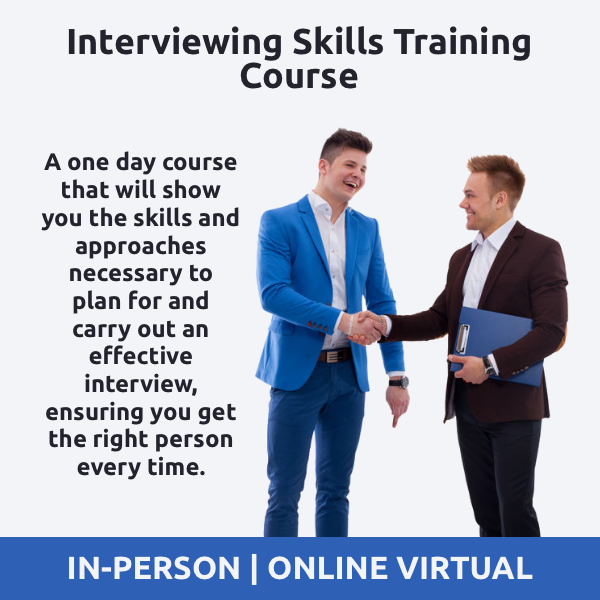Background
The STAR interview technique is a way of responding to competency-based interview questions. It can also be used by interviews to probe further into answers to allow them to gather all of the information that they need from or about a candidate.
Competency-Based Interviews
When you are attending an interview, the interview may be made up of competency-based interview questions. These questions allow the interviewer to check how competent you are by asking you to recall times or situations in the past.
Competency-based interviews are also sometimes known as behavioural based interviews. This is because not only do they check that you are ‘technically’ competent, they also check how you behaved in these circumstances too.
Competency-based questions differ from traditional interview questions.
Traditional question – can you tell me how you would deal with working under pressure?
Competency-based – can you give me an example of a time when you have had to work under pressure?
As you can see above, the competency-based question is asking you to recall a specific example of when you have found yourself in a situation, rather than asking you to come up with some ideas of what you would do.
The STAR Interview Technique
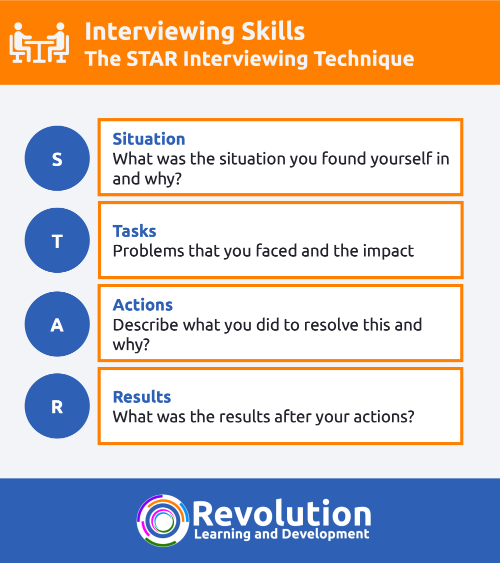
STAR, the STAR interview technique is an acronym. It stands for:
- Situation
- Tasks
- Actions
- Results
When providing answers to your competency-based interview questions, you can structure your answers using the STAR interview technique. This means that you provide the interviewer with all of the details that they need.
Situation
The first part of the STAR interview technique is situation. At this stage, you should describe a situation that you found yourself in that is related to the question that you have been asked. When describing the situation you should consider:
- What was the situaion
- When did the situation occur
- Why did you find yourself in this situation
- Why you think the situation occured
This part of your answer may begin with ‘last year when my company decided to commission a new customer service system, the project ran into some issues that I was asked to come in and trouble-shoot’.
Tasks
The second part of the STAR interview technique is tasks. At this stage, you should describe the problems that you were faced with and how the problems impacted you and others. When describing the tasks you should consider:
- What problems you were faced with
- What or who the problems were impacting on and how
- How you went about looking for solutions
This part of your answer may begin with ‘the system was failing and it meant that we were not able to answer calls as quickly as normal and this impacted on our call queues and complaints increased. I knew I had to find a way to communicate the issues to customers and also find out what the cause of the failing system was and address this too’.
Actions
The third part of the STAR interview technique is actions. At this stage, you should describe what you did in the situation to resolve any issues or improve the situation that you described in the previous part of your answer. When describing your actions you should consider:
- What actions you took and why
- Why you believed these to be the right actions
- Be very specific about your part in this and not others
This part of your answer may begin with ‘I got the project team together to really dig into what was going on and then allocated individual tasks to each person to ensure there was no duplicate work and that everything would get us to a resolution quicker. I then asked the comms team to put a message on the website and a pre-recorded message on the phone system to alert customers to what we could and couldn’t do’.
Results
The final part of the STAR interview technique is results. At this stage, you should describe the outcomes of the actions you took and how they helped the situation. When describing your actions you should consider:
- What results did you see and how did you measure them
- How do you know it was your actions that made the improvements
This part of your answer may begin with ‘this meant that we were able to troubleshoot the issue quickly and the system was running normally within a day. The message to customers reduced the number of calls that we received and that took the pressure off the customer service team and allowed them to focus on customers who needed to speak with us. The business told me that the decisions I tool probably saved us from losing a number of customers and ensured that they stayed with us’.
The Use of ‘I’ Not ‘We’
When answering a competency-based interview question using the STAR interview technique, you should always be very careful to describe exactly what you did or what your involvement was. Avoid using ‘we’ for example ‘so what we did was’ and use ‘I’ instead, for example ‘what I did was’.
The STAR Interview Technique and the Interviewer
If you are the interviewer, you can use the STAR interview technique to ensure you gather all of the necessary information from our candidate. Be sure to use probing questions to draw out more information in the areas you need or, if your candidate’s answer is not very well structured, then use questions that guide them through the 4 stages of the process.
Other Uses
The STAR interview technique can also be useful as a coaching method.
Further Learning
You can learn more about the STAR interviewing technique by attending an interviewing skills training course. Take a look at our Interviewing Skills training course for more details.
